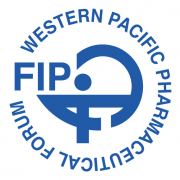Pharmaceutical Benefits Scheme…
| Ongoing Pharmaceutical Benefits Scheme (PBS) reform
Another step in the Australian Government’s ongoing PBS reform process was taken on 1 August, 2007, when medicines on the scheme were separated into two groups which will be subject to different pricing arrangements. The two groups are: ˙Medicines where there is only a single brand listed (referred to as F1). It contains both on patent and off patent medicines that are not substitutable with other brands or medicines. There will be no mandatory price reductions for these medicines and existing price linkages will be retained within this group. ˙Medicines where there are many brands listed and groups of medicines that are interchangeable (referred to as F2). There is already the requirement for a 12.5% price reduction when the first new brand of a medicine is listed on the PBS. From August 1, 2008, a further reduction in the prices of these medicines will be required: ˙A price drop of 2% a year for three years for medicines where price competition between brands is low; and ˙A one-off price drop of 25% for medicines where price competition between brands is high. Separating the list of F2 medicines between those with low competition and those with high competition has already occurred. This has been done on the basis of information provided to the Department of Health by stakeholder groups involved in the selling and purchasing of pharmaceuticals. For example, medicines such as simvastatin, omeprazole, ranitidine, amoxycillin and felodipine have all been identified as multiple-brand medicines where there is high competition. Around 100 molecules currently costing the PBS $2 billion a year will fall into the high competition group. Over time the Government will move to a system of price disclosure, where the price that the Government pays will reflect the actual price at which the medicine is being sold. |
